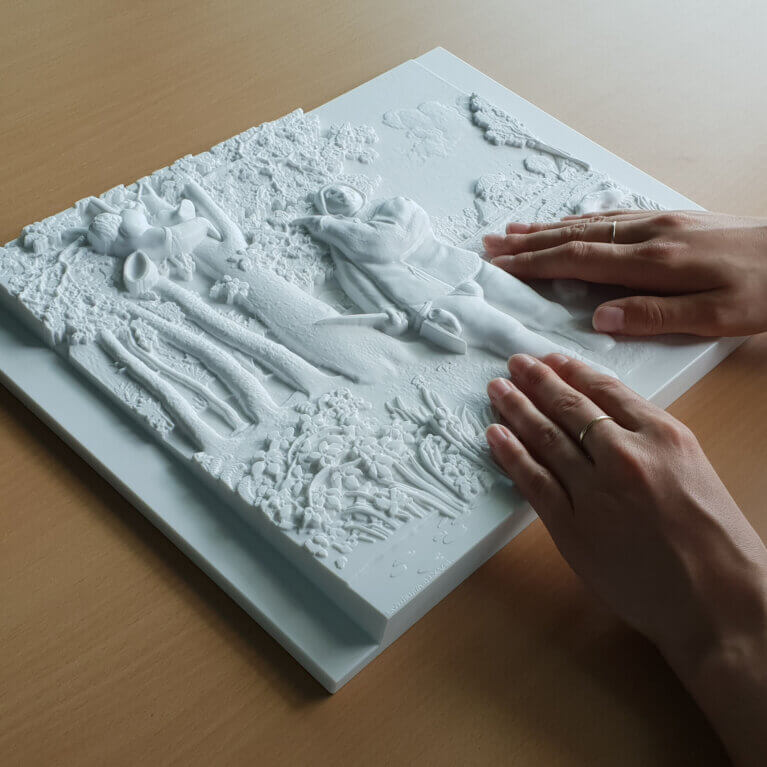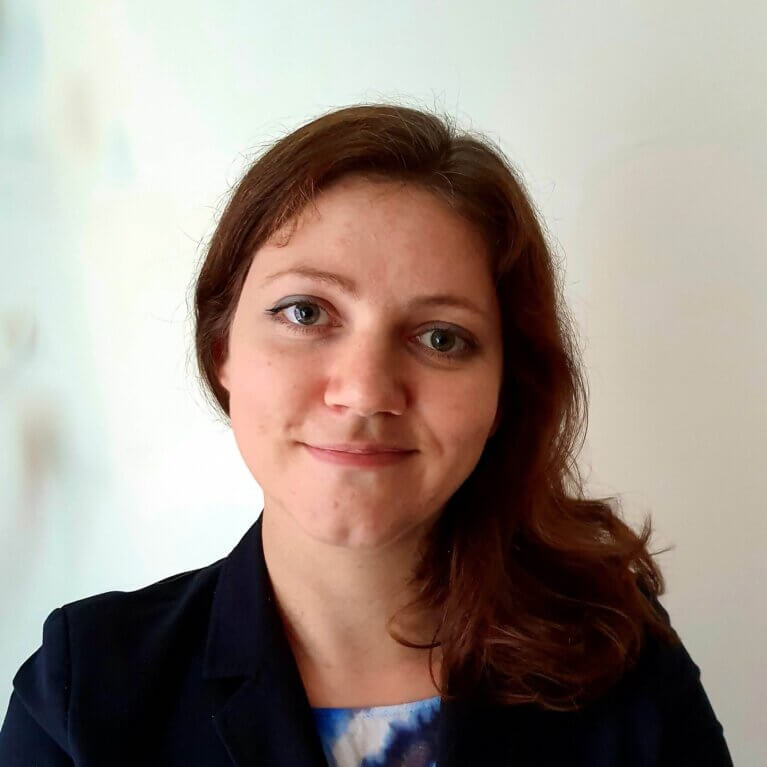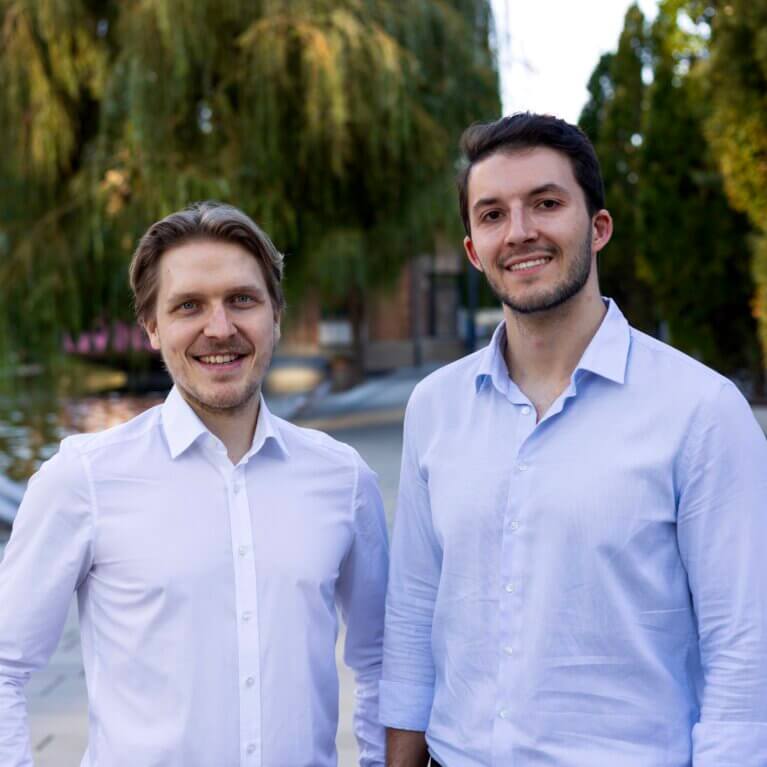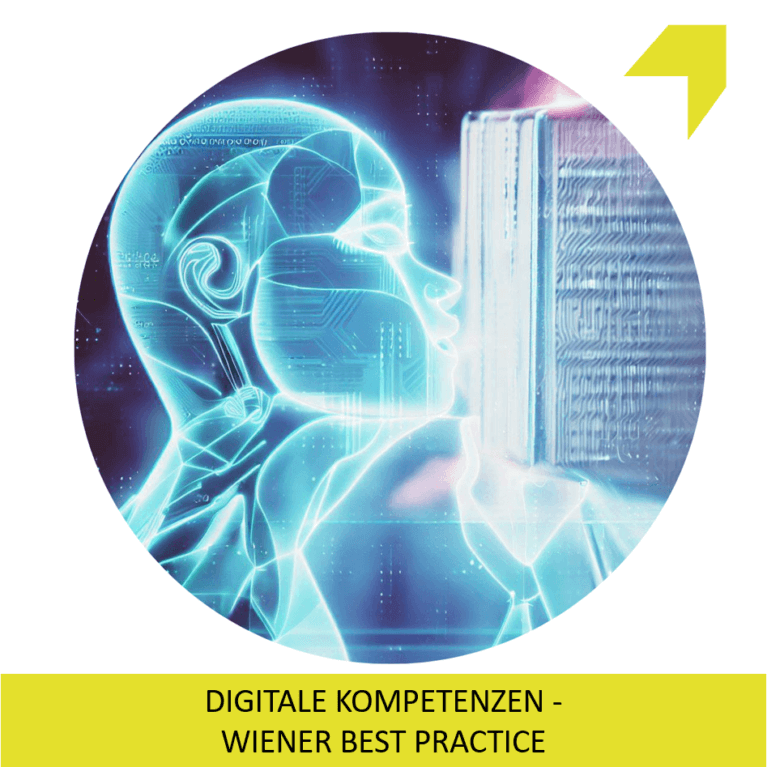Even thermostats have a heart
A girl tells the audience the story of his encounter with a strange thermostat technician who talks about Cyber-Physical Systems and their relation with our world.
I still cannot believe what happened to me today. So, even the pacemaker – the one in the heart – has a brain! (pause, look towards infinity, then goes back to the audience) … sorry, I am a bit … shaken up … if you only knew … if you only knew what happened… well … this afternoon… I was at home, I live on the top floor, a small attic, very pretty … but so warm! So warm! Well, more exactly, the temperature of the air conditioner went from 10 degrees to 30, from 30 to 10, cold-hot, hot-cold … and so after a while, I decided that something was wrong and I called the technician. I was sure I had to wait a long time, instead, after less than fifteen minutes, while I was sweating in the kitchen drinking a lemonade, the doorbell rang! I went to open and in front of me there was a man, tall, thick glasses but behind lovely blue eyes, a very charming beard, skinny but with some well-placed muscles that I was already warm before …
T: Hello, I am the Cyber-Physical System assistant. Did you ask for help?
L: Ah no, sorry … there should be an error. I only have the air conditioner broken; I think it is the thermostat. Before on the phone, I explained that it does strange things, here it is too warm, and then suddenly we go down to 10 degrees and then hot and then cold, in short, the temp …
T: Perfect, then I am in the right place. May I?
No way. He gives me a nice smile, enters quickly, locates the thermostat, goes there like a hawk, and starts to tinker. I do not understand anything … I remain there for a while … but I’m curious so … I wait a bit … and then I ask him:
L: Sorry, but what exactly are you?
T: I told you: I’m an assistant of Cyber-Physical Systems.
Oh God, I opened the door to a madman!
L: I’m sorry, but I repeat to you that I requested a tech.
T: Exactly, that’s me, Giuseppe, my pleasure.
L: Ehm yes, sorry but those systems… Cyber-Physical … what do they have to do with it?
T: But my dear! It is obvious! Your thermostat is part of a Cyber-Physical System!
L: What?
T: Would you like me to explain it? Yes?
L: If you care…
T: Well, I have to admit that… that… I am a physicist (sad)! Yes, it is true, I am a technician now but, madam, if you find out (with emotion) what lies behind these systems! You will understand how much beauty there is in the world, and how much the technologies are full of humanity and how important it is to know that the relation between the physical and the cybernetic world is the basis of today’s world!
Oh God, I really opened the door to a madman! But I start to be curious.
L: Mmh, and what are these Cyber-Physical Systems?
T: Thanks for the question, madam … yes, sorry, I sometimes got caught in the heat of the moment. You must know that the cybernetic word derives from the Sanskrit Kubera, which means rudder, something that guides and controls. Fascinating, isn’t it?
L: Really …
T: Ehm yes, so, an example of a cyber device is the thermostat. Why? What is its purpose? Keeping the temperature at a certain value in a certain environment.
At this point, he took the thermostat in his hands.
T: See, the thermostat has a sensor that measures the temperature, a controller that compares it with the configured value, and an actuator that turns the heating on or off. The whole process is based on feedback, i.e. the return information, which in our case it is the measurement of the room’s temperature. Is it clear so far?
L: Ehmm yes more or less.
T: So we have a sensor, a controller, and an actuator. Well, here comes the interesting part: the Cyber-Physical System has two elements: our cyber, the thermostat, and the part we call „physical“. The part that we call physical in practice is everything our cyber-thermostat controls, that is, the environment and the apparatus that cold it. The thermostat is like the intelligent part of the system, the part with the soul, the one that has the ability to control and choose, while the physical part plays a mere mechanical role.
L: Wait, wait, so: calling the thermostat cyber is fine, it’s a bit strange, but I can get it, but why do you call it „physical“? I think you gave it this name only because you graduated in physics.
T: You are right, it’s not easy to understand. Think that at the beginning, fifty years ago, these systems were called embedded systems, and only the cyber part was taking it into account. Examples of integrated systems were things like the systems that controlled lunar flights and missiles. Then they increased the computation capacity and built the microprocessors, which are the basis of all our computers … but I’m getting lost, sorry, this is another story. Back to us: why do we call it the cyber „physical“ system? What is the „physical“ part? Indeed, you are not entirely wrong in asking yourself this question. We realized that designing and studying only the cyber part was not enough for us. We understood that the physical part always interacts with the real world that surrounded it, and therefore the real world had also to be part of the system. And what is the real world, that interacts with the thermostat, in our case? It is the air conditioner, which can be turned on or off, and the value of temperature in the room. They called it the physical part because it is the part that follows the physical laws, in our case the laws that tell us what temperature we have at all times in this room depending on the presence of the air conditioner, the open or closed windows, and many other possible factors.
L: So, the cyber is my thermostat, while all the rest that affect the temperature’s value is the physical system, right?
T: Right, you get the point. And, when we study these systems, we often design models. And it is here that it is important to know the physical laws behind what we are studying. We need models to predict the behaviour of our systems. Think of an apple that falls from a tree, you can measure at any time instant at which height it is, but you can also know from what height it starts to fall, and, knowing the famous Newton’s laws, predict more or less at each time instant at which height it will be. We can do a similar thing to model the temperature of this room, even though it is more complicated.
L: And could we design a model of you too (smiling, blushing)?
T: Aaha yes of course my dear, nowadays you can make models of almost everything, of course then it mainly depends on what you want to know from that model. Ehmm, however, returning to our Cyber-Physical System, we practically try to repeat the whole system in the laboratory and see how the cyber and the „physical“ part interact. Can you imagine how difficult it can be to design such models? Eh, nothing, you know, once I was wrong, and they fired me, that’s all.
L: Oh my god I’m very sorry.
T: Well, but I like being a technician too: here, instead of models, I see real things that I can touch and handle; this is pretty exciting. And you have no idea how much these Cyber-Physical Systems surround us. For example, do you know all those things with the word „smart“ in the middle? Like smart-city, smart-grid, smart-TV, smart means intelligent, they call them like this because these systems have more and more control parts, but well, the principle is very similar to your thermostat.
L: So, does it mean for example that the self-driving cars, together with the environment in which they move, represent a Cyber-Physical System? I tell them where I want to go, they collect the data of where they are and what they have around, and then they decide how to move, right?
T: Autonomous vehicle… good, yes, you understood.
L: Ah, and my diabetic aunt that last week put that device, the insulin pump, that releases insulin when her body needs it, she too, I mean, her glucose and the device are a Cyber-Physical System?
T: yes, yes, right, I’m glad you understood, now let me finish my job.
At this point, I looked at him deeply …
L: Listen Giuseppe … I’m sorry I made you remember some unpleasant moments but, in my opinion, you are still a perfect physicist and also an excellent teacher.
Then it fixed the thermostat, and he left. And, what time is it now? Well, he’s coming to pick me up soon … and…we are going out together ahah…! After all, I would be happy to have a certain „influence“ on the „physicist“ Giuseppe ….! Who knows … maybe even the two of us, in the end, can become a „cyber“-„physical“ system.
Written by Laura Nenzi
A special thanks to Diana Hobel and Hangar Teatri for their help.
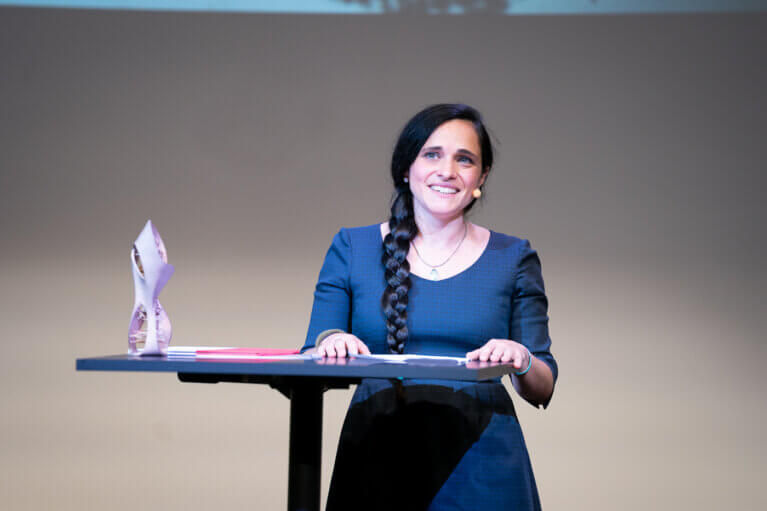
© UIV/David Bohmann
Laura Nenzi is Project Assistant (part-time) at the Institute of Computer Engineering of TU Wien, in the Cyber-Physical Systems unit. She is co-PI of the project ZK-35: „High-dimensional statistical learning: new methods to advance economic and sustainability policies“, funded within the Austrian Science Fund’s (FWF) „Young Independent Researcher Groups“ programme. She is also Assistant professor (part-time) at the department of Mathematics and Geoscience of the University of Trieste, Italy.
Her research is focused on formal methods applied to the design and analysis of complex systems such as Cyber-Physical Systems and biological systems. She works in the development of original frameworks to monitor and optimize the behavior of such systems, keeping track of their spatio-temporal dynamics. She also won the Hedy Lamarr Prize of the City of Vienna in 2020 for her outstanding performance in the field of information technology.


